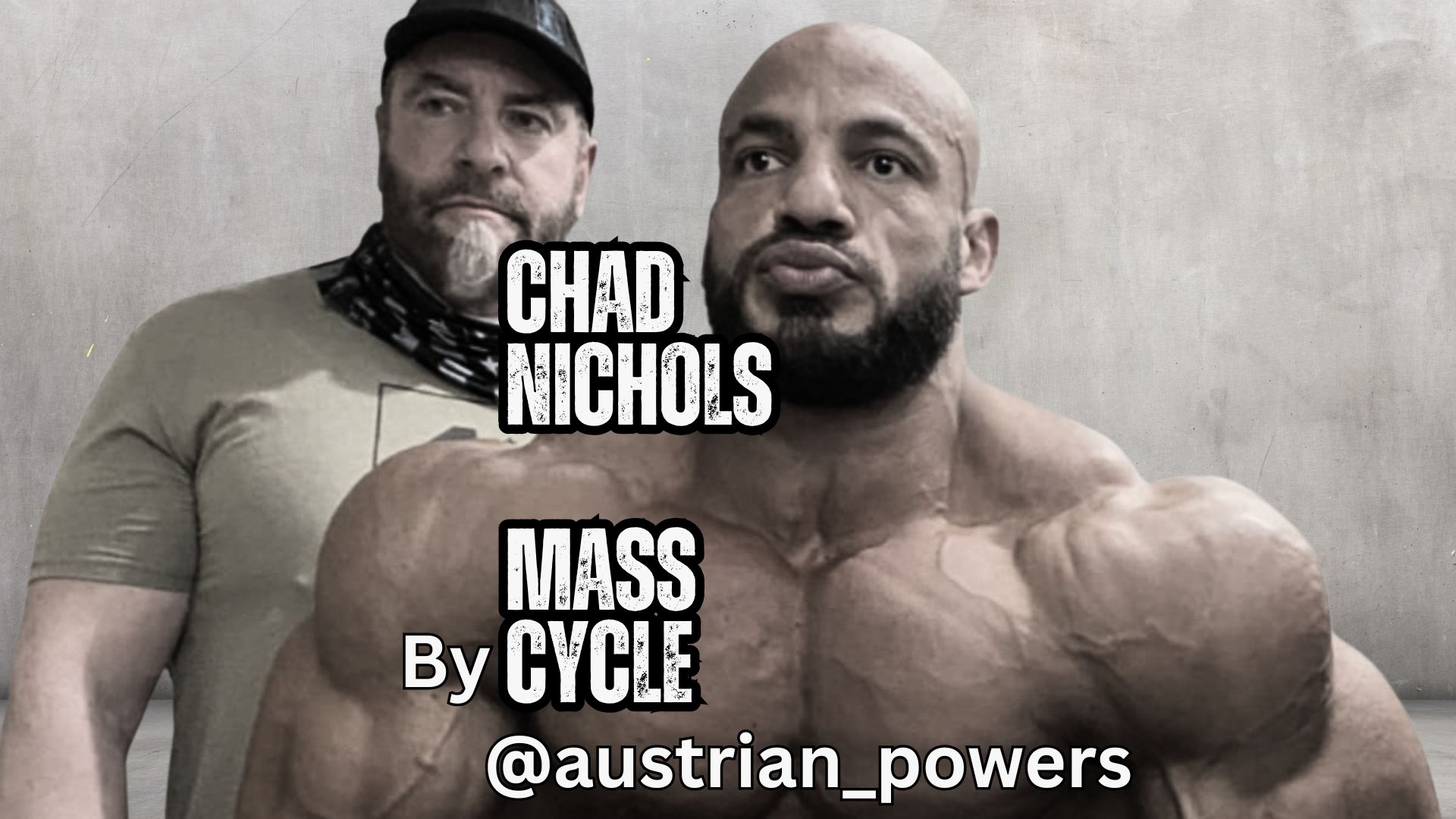Todyas blog post we will discuss about Nichols Offseason Mass Gain Cycle!
The Dangers of the Typical Chad Nichols Offseason Mass Gain Cycle: Safe or Sustainable?
In the world of bodybuilding, certain figures become infamous for their controversial approaches to training and drug regimens. One such name that stands out is Chad Nichols, a well-known bodybuilding guru who has worked with some of the biggest names in the sport. His coaching has helped athletes like Ronnie Coleman and Big Ramy reach their peak, but it’s also been linked to tragic outcomes for others, including the deaths of Dallas McCarver, Don Youngblood and other Bodybuilders, two even this past year of 2024.
Among Nichols’ followers, one of the most notorious approaches is his offseason mass-gaining cycle, which includes a combination of high-dose anabolic steroids, growth hormones, insulin, and other performance-enhancing drugs. This cycle is intended to push athletes to gain muscle mass at an unsustainable rate, but the potential health risks—many of which are life-threatening—are often downplayed in favor of the immediate, visible gains.
The Typical Chad Nichols Offseason Mass Gaining Cycle
Here is a breakdown of the Chad Nichols Offseason Cycle that has become popular among his athletes:
- Testosterone: 2 grams per week
- Nandrolone (Deca Durabolin): 1 gram per week
- Primobolan or Masteron: 1 gram per week
- Superdrol: 20-40 mg per day or Anadrol: 100-150 mg per day
- Serostim + Humatrope mix: 12 IU Serostim + 10 IU Humatrope daily
- Humulin R / Humalog (Insulin): 20-25 IU, 6-8 times a day
- Lantus (Long-acting insulin): 100 IU daily, at breakfast
- IGF-1 Increlex: 10-15 mcg on training days
- Nolvadex: 20-40 mg per day, as needed for estrogen control
This regimen is around aggressive muscle growth, but at what cost? The combination of such high doses of powerful compounds, especially over extended periods, can lead to serious, irreversible damage to the body’s organs, metabolic systems, and overall health. Let’s take a closer look at each of these drugs, their individual effects, and why this cycle is far from sustainable in the long run.

1. Testosterone (2g per week)
Testosterone is the cornerstone of any anabolic steroid cycle, but 2 grams per week is far beyond what the body would normally produce. While exogenous testosterone promotes muscle growth, excessive amounts put undue stress on the cardiovascular system, liver, and endocrine function.
- Cardiovascular stress: Elevated testosterone levels can contribute to high blood pressure, atherosclerosis (plaque buildup in the arteries), and an increased risk of heart attack or stroke.
- Suppression of natural testosterone production: The body’s natural testosterone production will be almost completely shut down, leading to testicular atrophy, low libido, and potential long-term hormonal imbalances.
- Estrogenic side effects: Even at these high doses, some testosterone will aromatize (convert to estrogen), leading to water retention, gynecomastia, and other estrogen-related side effects. This is why Nolvadex or aromatase inhibitors (AIs) are often use to manage estrogen, but we’ll touch on why that’s a problematic solution later.
2. Nandrolone (1g per week): Nichols Offseason Mass Gain Cycle
Nandrolone, typically used in the form of Deca Durabolin, is a powerful anabolic steroid known for its ability to increase muscle mass and improve joint health. However, at 1 gram per week, the risks far outweigh the benefits:
- Cardiovascular issues: Nandrolone can negatively affect cholesterol levels, leading to increased LDL (bad cholesterol) and decreased HDL (good cholesterol). This increases the risk of atherosclerosis and heart disease.
- Kidney strain: Prolonged use of nandrolone has been link to kidney toxicity, particularly at high doses.
- Progesterone-like side effects: Nandrolone has a tendency to act on progesterone receptors, which can cause water retention and exacerbate gynecomastia if not properly managed.
3. Primobolan or Masteron (1g per week)
Both Primobolan and Masteron are considered relatively mild steroids compared to testosterone or nandrolone, but 1 gram per week is still a dangerously high dose.
- Liver stress: Though not as hepatotoxic as oral steroids, long-term use of high doses of Primobolan can still put stress on the liver.
- Cardiovascular strain: Both Primobolan and Masteron can negatively impact lipid profiles, potentially increasing the risk of cardiovascular disease.
- Androgenic side effects: These compounds can cause hair loss, acne, and other androgenic side effects, even at high doses.
4. Superdrol or Anadrol (20-40 mg per day or 100-150 mg per day): Nichols Offseason Mass Gain Cycle
Oral steroids like Superdrol and Anadrol are notorious for their hepatotoxicity (liver toxicity), especially when taken in high doses for prolonged periods.
- Liver damage: Both Superdrol and Anadrol are methylated steroids, meaning they are chemically alter to survive the liver, but in doing so, they put immense stress on liver function. Extended use of these substances can lead to liver failure, hepatitis, or even liver cancer.
- Cardiovascular damage: These steroids can significantly alter lipid profiles, leading to high cholesterol and increased risk of heart disease.
- Hematocrit levels: Anadrol, in particular, causes an increase in red blood cell production, which thickens the blood and can raise the risk of heart attack or stroke.
5. Growth Hormone: Serostim + Humatrope (12 IU Serostim + 10 IU Humatrope daily)
Growth hormone (GH) is use in this cycle to increase muscle mass, aid recovery, and promote fat loss. However, excessive use of 12 IU of Serostim and 10 IU of Humatrope daily is extremely dangerous:
- Cardiovascular issues: Long-term high doses of GH are link to cardiomegaly (enlargement of the heart), which can eventually lead to heart failure.
- Joint and ligament stress: GH promotes tissue growth, but this can also include internal organs, cartilage, and soft tissues, potentially leading to joint pain, ligament damage, and an increased risk of injury.
- Insulin resistance: High GH levels can lead to insulin resistance, making the body less efficient at utilizing glucose and increasing the risk of type 2 diabetes.
6. Insulin (Humulin R / Humalog and Lantus): Nichols Offseason Mass Gain Cycle
Here’s where things get particularly risky: Insulin is often used in bodybuilding to enhance nutrient uptake, especially in a high-calorie, high-carb mass-gaining phase. The doses listed here—20-25 IU of Humulin R/Humalog, 6-8 times per day, and 100 IU of Lantus daily—are far beyond what most people would require, even for an elite bodybuilder. However, insulin doses should always be individualized, and these numbers are geared toward a very large, heavy open bodybuilder who consumes a massive quantity of carbohydrates to fuel muscle growth.
- Risk of Hypoglycemia: Insulin’s role in regulating blood sugar means that without proper meal timing and monitoring, it can cause dangerously low blood sugar (hypoglycemia), leading to confusion, dizziness, seizures, and even death. This is why the insulin dosage must always tailore to the individual’s meal plan, not the other way around. In other words, the amount of insulin used should be based on the person’s food intake, particularly carbohydrates, rather than simply taking insulin and then attempting to fit meals around it.
- Insulin Resistance: Chronic insulin use, especially at these doses, leads to insulin resistance, a condition where the body no longer responds to insulin effectively. This not only makes it harder to control blood sugar levels, but also dramatically increases the risk of developing type 2 diabetes and other metabolic disorders.
- Pancreatic Stress: Extended, high-dose insulin use places a tremendous burden on the pancreas, which may eventually lead to pancreatic dysfunction or failure.
See Also: PROTEIN POWDER vs REAL FOOD
7. IGF-1 Increlex (10-15 mcg on training days)
IGF-1 (Insulin-like Growth Factor 1) is another potent growth-promoting compound that can stimulate muscle growth. However, when used excessively:
- Cancer risk: Elevated IGF-1 levels have been link to an increased risk of certain cancers, as IGF-1 can stimulate cell proliferation, including cancer cells.
- Joint and ligament stress: Like growth hormone, IGF-1 can promote growth in soft tissues, leading to joint and ligament problems.
8. Estrogen Control: Nolvadex (20-40 mg as needed)
Nolvadex (Tamoxifen) is a selective estrogen receptor modulator (SERM) use to block estrogen
receptors, typically to control gynecomastia (male breast tissue development). However, Nolvadex is not an ideal choice for long-term estrogen control, especially in high-dose steroid cycles:
- Mitochondrial dysfunction: Research has shown that Nolvadex can contribute to mitochondrial dysfunction, which disrupts cellular energy production and can lead to systemic fatigue and long-term health issues.
- Less effective than aromatase inhibitors: Aromatase inhibitors (AIs) like Anastrozole or Letrozole are better at directly reducing estrogen levels by inhibiting its production. Nolvadex, on the other hand, only blocks the receptors, which is a less comprehensive solution.
Conclusion: A Cycle You Shouldn’t Copy
In summary, this typical Chad Nichols offseason mass-gaining cycle is incredibly high-risk and should be approached with extreme caution. The combination of powerful anabolic steroids, growth hormones, insulin, and other drugs is a recipe for serious health complications, many of which are irreversible.
For anyone STILL considering a similar approach, I would not only recommend frequent bloodwork but also regular ultrasounds and other health screenings of critical organs such as the liver, kidneys, heart, and pancreas. The risks of hepatotoxicity, cardiovascular strain, organ damage, and endocrine disruption are far too great for this type of cycle to consider safe or sustainable. Always prioritize your long-term health over short-term gains.
Latest Overcome PODCAST:




